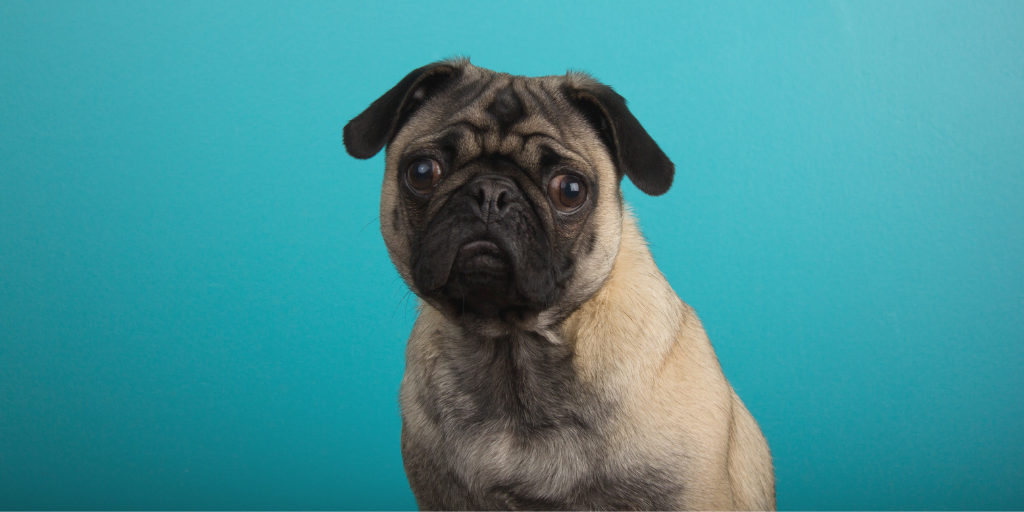Dog owners and lovers alike are all too familiar with "puppy dog eyes." They give your dog that irresistible, adorable, almost sad, almost seductive look that makes your heart melt. Puppies aren't the only ones to exhibit "puppy dog eyes" though, adult and senior dogs do too. But why does the look exist in the first place? Read on for the answer:
The Research on "Puppy Dog Eyes"
Research shows that "puppy dog eyes" are evolutionary, a look specific to dogs developed precisely to win over humans. A study called "Evolution of facial muscle anatomy in dogs," published in the Proceedings of the National Academy of Sciences of the United States of America (PNAS) investigated the subject.
The researchers concluded that, over 33,000 years of domestication, there has been an evolution in dog facial anatomy and facial expression. The purpose being to communicate with humans, particularly using their face muscles and expressions. The data showed that dogs, in general, move their eyebrows more often and more intensely than wolves do. But it also revealed that dogs have developed a muscle that wolves don't even have - one that raises the inner half of their eyebrows and makes their eyes look bigger and sadder, causing "puppy dog eyes."
Why Did Dogs Develop "Puppy Dog Eyes"?
The study's researchers hypothesize that dogs developed the "puppy dog eye" facial movement and expression through natural selection based on human preferences. In other words, humans favored dogs who had this look, choosing them (first for domestication, then as companions) over those who did not.
This is consistent with another study that determined dogs who exhibit these facial expressions have a selective advantage. This study revealed that shelter dogs who displayed the look found homes more quickly than those who did not.
What Makes "Puppy Dog Eyes" Work On Us?
So we know that dogs developed these "puppy dog eyes" over the years, but what makes this look work so well to melt human hearts? There are two reasons. First, the look resembles the expression humans make when they are sad, which triggers a nurturing and sympathetic response. Second, the look is paedomorphic (exhibiting infant or juvenile-like characteristics), which humans also respond to in a nurturing way, often because we want to help those who can't help themselves.
What Does It All Mean?
All of this comes together to suggest that the "puppy dog eye" muscle and expression are important for fostering relationships between dogs and people. In particular, this look can help form and maintain healthy and deep canine-human relationships, as well as enhance communication and improve interactions between us.
In general, dogs rely on their eyes quite a bit to communicate with and understand us. For example, they track our eyes to pick up on cues for desired behaviors. Dogs also give a side-eye or "whale eye" to warn us to back off. And when dogs look into our eyes, it releases oxytocin (the love hormone), which can improve our bond with them. So overall, it makes sense that dogs would evolve "puppy dog eyes" as one more way to connect with their human companions.

